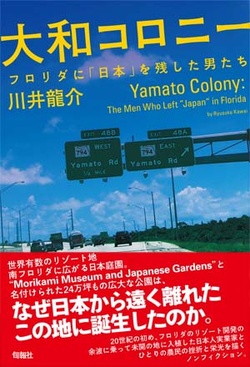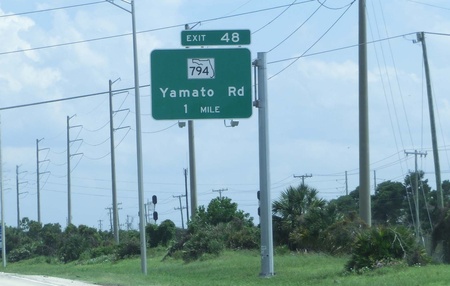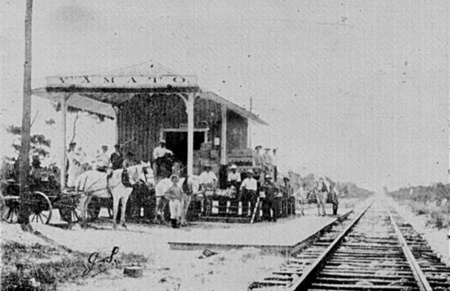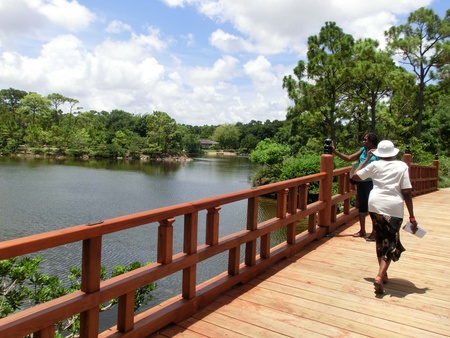"Why are there Japanese people here?" Recently, a TV program that focuses on such unexpected discoveries has become popular. After Japan's isolation was lifted, a huge number of Japanese people emigrated overseas, dreaming of a "new world" or trying to escape poverty. However, while migration to Hawaii, Brazil, and California and Texas on the US mainland is relatively well known, Japanese society in general has had little interest in "those who left." There are many immigrants who have been forgotten over the years.
This book is a reportage that delves into the little-known history of the Japanese settlement known as the Yamato Colony, which existed in Florida, USA, from the early 20th century. After leaving the Mainichi Shimbun, the author worked as a reporter for a local newspaper in Florida in the mid-1980s, but after that, he happened to come across a road sign for "Yamato Rd" while driving, and using that as a clue, he traveled back and forth between Japan and the US for nearly 30 years, searching for various people involved and painstakingly digging up historical facts and personalities that had been buried.
At the beginning of the 20th century, in the United States, where undeveloped land stretches like a blank map, plans were underway to build a railroad along the Atlantic coast of Florida to Key West, the southernmost tip of the state, and resort development also began. The plan was initiated by Henry Flagler, a wealthy businessman who ran an oil company with Rockefeller. Sakai Joh, a native of Miyazu City, Kyoto Prefecture, learned of this while studying abroad at New York University, and led a plan to create a colony in southern Florida, mainly made up of people from his hometown. Among the settlers was Morikami Sukeji, a farmer who later donated a vast tract of land to the local area, which became a Japanese garden. The report is woven around Sakai and Morikami.
At one time, Yamato Colony was home to around 140 people, and it was booming thanks to the sale of vegetables and fruit, but the resort boom led to the sale of land, and the area went into a steady decline. Meanwhile, Morikami and a few others remained in the area, and although they lost all their assets in the depression, they continued farming and gradually bought up land. One of the reasons Morikami went to America was because he had been heartbroken in his hometown. He remained single due to his feelings for the woman he loved, and never returned to Japan, but in his later years at the age of 89, he was able to exchange letters with her. A Japanese garden and other facilities were developed on the 80,000m2 of land that Morikami donated to the local area, and it is still loved by locals as a place to disseminate the colony's history and Japanese culture.
What makes this book valuable is that it serves as an easy-to-understand commentary on the history of Japanese immigration to the United States and other countries. At the same time, it breathes life into the lives of Sakai and Morikami, who were almost unknown even in their hometowns, and portrays them as a human drama based on a huge number of testimonies and records.
This can be seen as an ambitious book that serves as a warning against modern journalism, which tends to rely on easy reporting.
© 2015 Hiroshi Shimazawa






